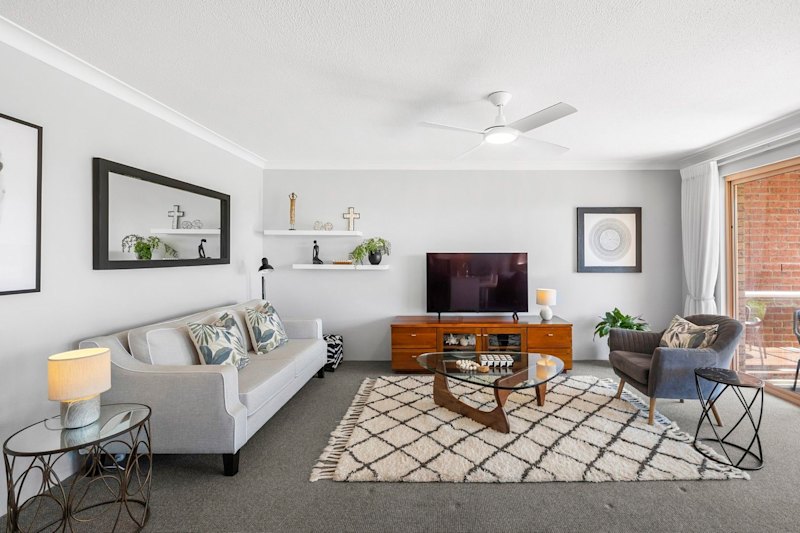Why some Southbank residents say Melbourne has the wrong impression of their suburb
When Chriss Mannix fell pregnant with her first child in 2009, she and her husband looked at their St Kilda apartment and decided they needed something more family-friendly.
So, naturally, they moved to Southbank.
Known as one of the densest and tallest concrete pockets of Melbourne, Mrs Mannix says people recoil when she reveals she raises a family in the suburb.
“That happens all time, but it’s kind of funny,” she says. “But I like to joke with mum – being Chinese – that I have a three-bedroom apartment in Melbourne, but in Hong Kong, 50 people would be in that apartment.”
Ask a Melburnian to think of Southbank and they imagine faceless neighbours in towering skyscrapers, major highways interlaced below.
“People expect it’s going to be cold high rises,” Mrs Mannix says. “And they’re gobsmacked when they see what it’s really like in the Southbank village.”
Mrs Mannix and her brood are among several families and young professionals cloistered off from the rest of Southbank in the Arts Precinct area, known to locals as the village. Bordered by Sturt Street, Grant Street, St Kilda Road and Coventry Street, the quiet and low-rise precinct has enjoyed the rare fortune of planning protection in the suburb.
Southbank has spent more than 30 years with cranes in its skies; an obvious target for developers with its proximity to the CBD, Yarra River frontage and adjacent parklands. But while towers have soared along the Yarra and Crown Casino, the village remained relatively untouched.
“It’s like an oasis,” councillor Ken Ong, the City of Melbourne’s planning chair, says. “There’s not a lot like it in the inner city.”
A suburb with limited heritage restrictions, built-form protection was the main control the council had against planning applications, Cr Ong says.
In 2010, height controls were further tightened along Dodds Street and Wells Street to mandate a 14-metre height limit (four to five levels), while Sturt Street received a 40-metre (about 13 levels) discretionary limit.
And under that protection, a small and close-knit community flourished.
If it takes a village to raise a child, then Mrs Mannix says she’d found hers. “I was very mindful of my own mental health when we first moved – having my first child and with no family around – I really needed to feel connected to the community,” the public relations executive says.
“Then when I first had [my daughter] and I came home, we’d only met the neighbours a few times, but the girls across the hall brought over all this food and I nearly cried.”
It is a community sense she is now used to. Families regularly meet in the middle of her apartment complex for a cup of tea, as the kids run around the common area. Easter egg hunts and Halloween are a village affair, while even local restaurants know residents by name.
Unsurprisingly, others want in to their patch. Mrs Mannix frequently receives notes in her letterbox asking if her house is for sale or rent, and local agents say the precinct is hotly contested when a property comes up for auction.
“It’s a fabulous proposition to have, that lower-density aspect in the inner city,” agent Greg Hocking says. Kay and Burton’s Gary Ormrod believes one of the biggest drawcards is the protected views created by the height restrictions.
Mrs Mannix and her neighbours are aware there are plans for taller buildings in some parts of the precinct, such as a 21-level tower next to the Malthouse Theatre on Sturt Street, but hope they won’t destroy their low-rise amenity.
The City of Melbourne confirmed there were existing approvals for taller developments along Sturt Street, which were yet to be acted upon, and current permit applications for taller developments, which were yet to be decided on.
Sturt Street had potential for future development of up to about 13 levels, the council said, while the Dodds Street and Wells Street block had potential for future development up to about five levels.
“The low-rise community is just really special and it really needs to be preserved,” Mrs Mannix added. “There’s nothing like it in Melbourne.”
Chriss Mannix has previously represented property developer clients through her business Soda Communications, but none have a commercial interest in Southbank.
We recommend
We thought you might like
States
Capital Cities
Capital Cities - Rentals
Popular Areas
Allhomes
More






